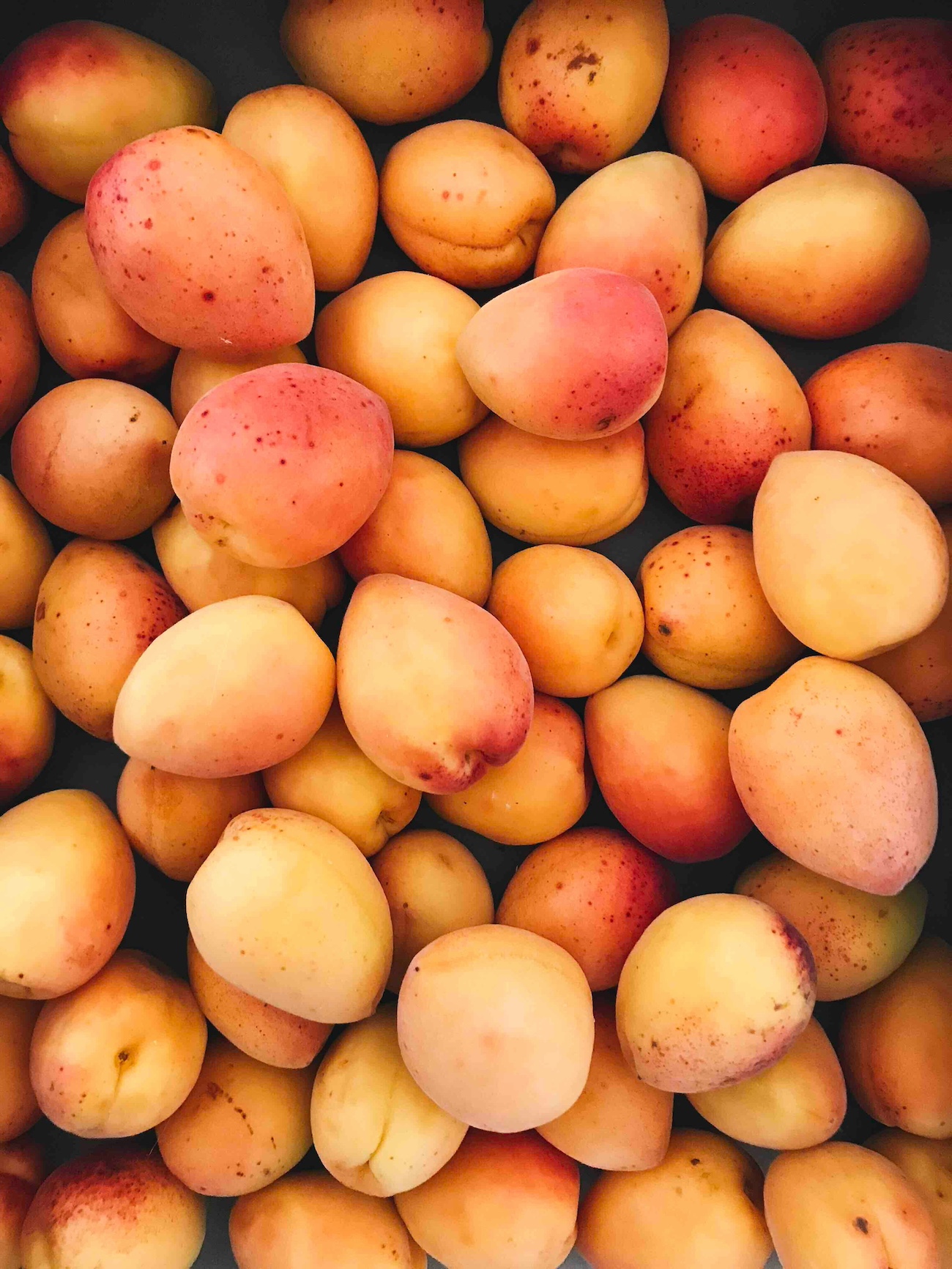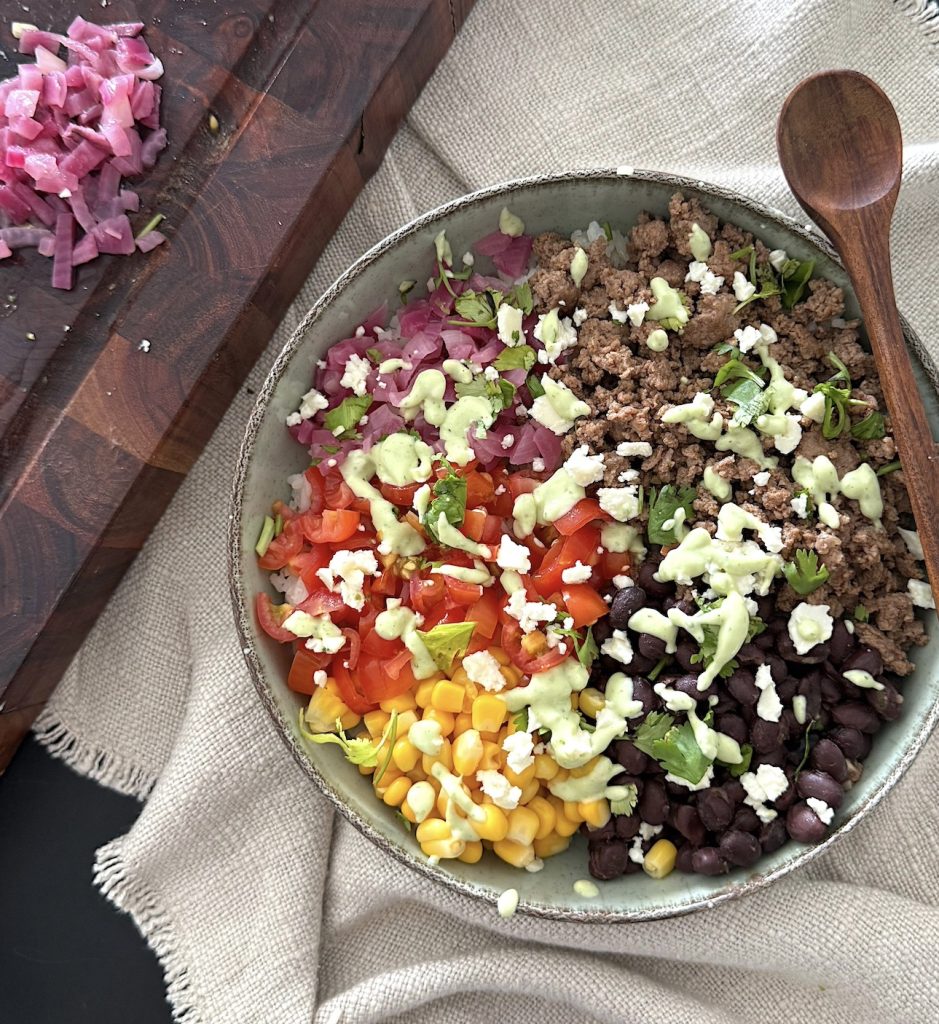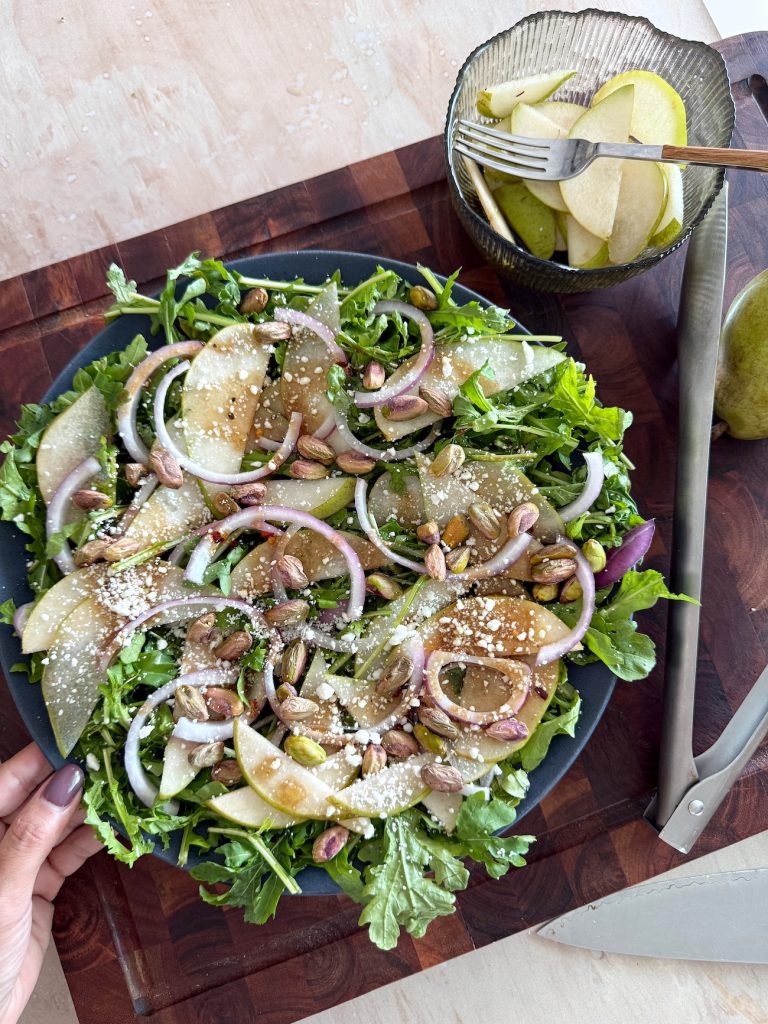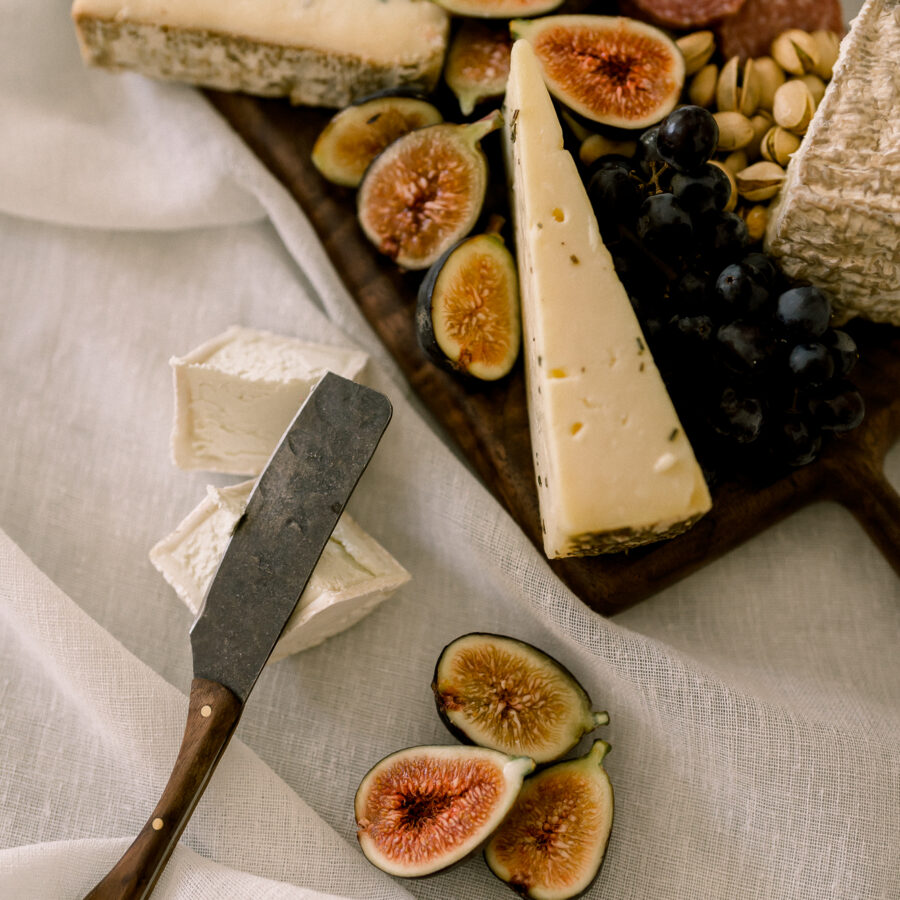
As I deepen my relationship with my health, I’m continuously seeking ways to balance good nutrition and practical choices. Listening to my body and practicing intuitive eating is now (emphasis on NOW) a key part of my routine.
Who the heck would have thought that would have happened?! Hahaha!
But like I say, progress over perfection. So, this might come as a surprise but after much research, and to balance food costs increases, I have officially stopped buying these organic fruits and veggies.
Don’t get me wrong, it took a lot of convincing but here’s what I’ve learned and adapted. First and foremost, the reason I’ve always been a proponent of buying organic is that dozens of pesticides, including chemicals that have been linked to cancer and reproductive damage, or that are banned in Europe are found in the foods we eat, which immediately sends me into a downward spiral.
But truth be told – as the tale as old as time goes, knowledge is power. So, I got to researching.
The Environmental Working Group, an amazing resource that has been invaluable in my journey, publishes its “Clean Fifteen” list every year. This list highlights fruits and vegetables that usually have the lowest pesticide residues. Many, if not all, of the items, have thick skins or rinds that naturally block pesticides from reaching edible parts or are crops that are naturally resistant to pesticides so simply require less for their growth.
While I haven’t embraced all 15 items on their list (still not there yet), I have adapted to buying the following, which can I say, has also helped my pockets.
my list of non-organic veggies/fruits i have been buying
- Avocados: Their thick skins make them naturally protected from pesticides.
- Pineapple: The tough exterior keeps pesticides away from the edible parts.
- Papaya: Thick skin acts as a barrier.
- Honeydew Melon: The rind prevents pesticide penetration.
- Kiwi: Fuzzy skin acts as a natural shield and I also remove the skin.
- Mushrooms: Grown with minimal chemical intervention.
- Mangoes: Thick skin helps protect the fruit.
- Sweet Potatoes: Naturally resistant to pesticides, I also remove the skin in most instances.
- Watermelon: Thick rind keeps the inside safe.
this is the remaining list of the “clean fifteen”
- Sweet Corn: Generally grown with minimal pesticide use, but I have a really tough time with all the things they to do to corn here in the U.S. so I’m skipping out on this one.
- Onions: Naturally repel pests, reducing the need for chemicals. While, this may be true I don’t feel like their skin is thick enough so I’m holding off.
- Sweet Peas (Frozen): These little guys are typically low in pesticides. Still feel like they are prone to having chemicals seep in.
- Asparagus: Grown with fewer pesticides due to their natural resistance. Same as above.
- Cabbage: Usually has lower pesticide residues. Same thoughts as the sweet peas and asparagus.
- Carrots: Generally low in pesticide residue. Almost there with carrots, because I always peel the skin but still choosing to buy organic for now.
I hope this sheds some light but always remember that you should do what works best for you. Simply because I’m sharing my findings doesn’t mean that you need to adapt to this. However, since knowledge is power, I wanted to share in case it does resonate and if nothing else provides some food education for you to look into a bit further.


 Back
Back







